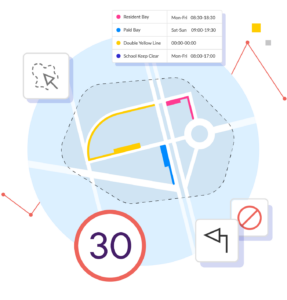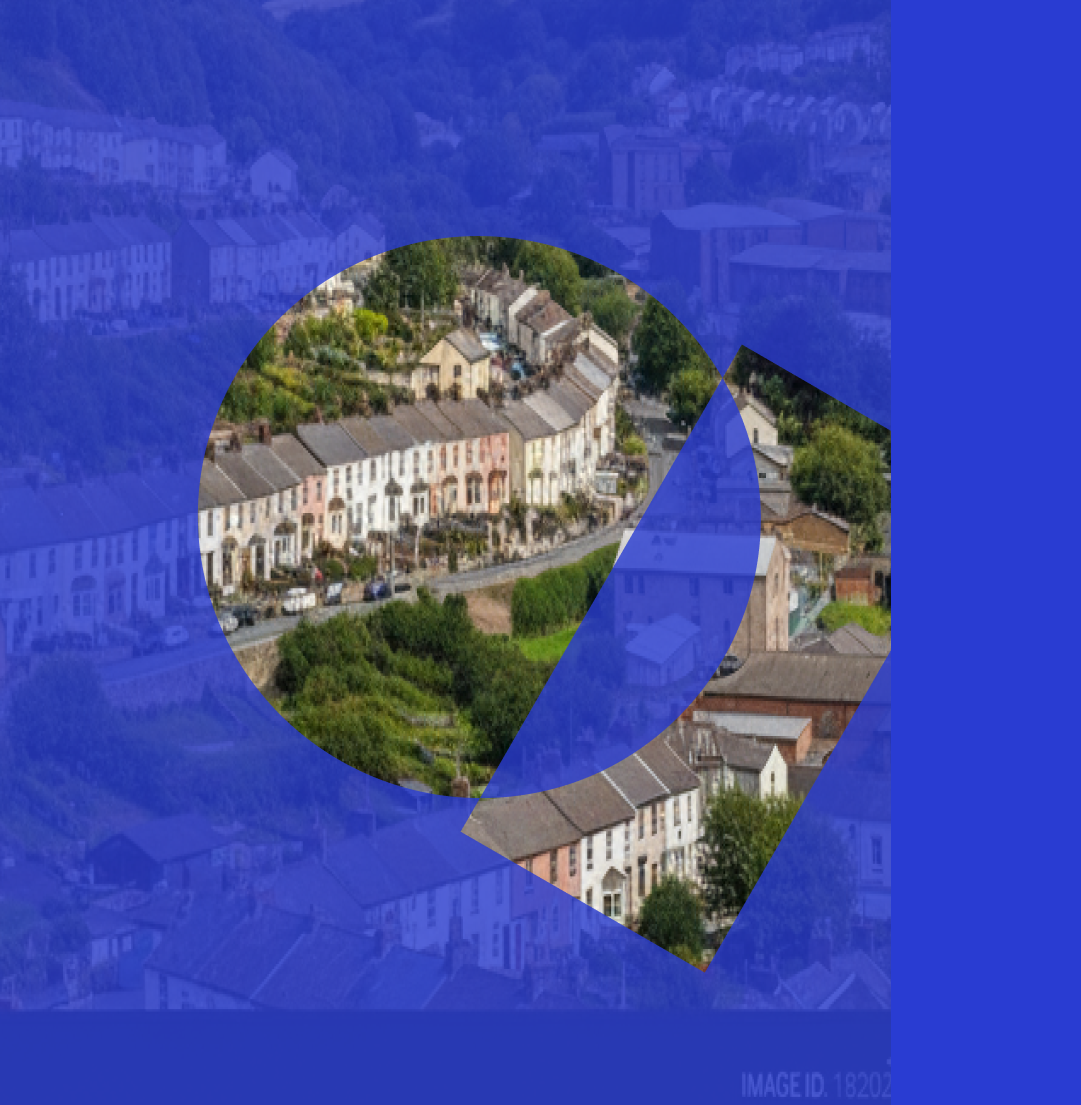As a Product Owner, I’ve witnessed the impact of the Department for Transport’s recent mandate requiring local authorities to digitise their Traffic Regulation Orders (D-TROs) in the coming years. Now, councils face a pivotal choice: should they build a custom system or adopt an existing solution?
This decision holds significant weight. While developing a bespoke system provides control and customisation, there are strong arguments in favour of opting for a third-party Software as a Service (SaaS) solution. So, how should they decide which path to take?
I know this isn’t a simple yes-or-no decision. It’s worth taking the time to:
- Talk to different service providers and compare the offering
- Assess your council’s resources
- Chat with neighbouring councils about their experiences with the process

Or, why not speak with a GovTech expert? Our team would be happy to evaluate your situation – just get in touch by clicking here.
For a quick snapshot of both options, I have noted down some most crucial differences, using AppyWay as the off-the-shelf D-TRO software example:
In-house Built D-TRO vs AppyWay
| Factor | In-house D-TRO | AppyWay |
|---|---|---|
| 🧾 Cost | ✔️ Potential for lower long-term costs if developed efficiently. | ✔️ Predictable subscription fees, no upfront investment, maintenance and updates included. Costs only add up if you choose an added module/functionality. |
| ❌❗ Ongoing maintenance and updates can be costly, and systems may be reliant upon third-party GIS software. | - | |
| ⚙️ Setup | ✔️ Can be customised to the council's needs. | ✔️ D-TRO compliance "out the box," quick setup and deployment, minimal in-house resources needed. |
| ❌❗ No guarantee of D-TRO compliance, lengthy development time, lengthy discovery process. | ❌❗ May require additional costs for integration. | |
| ⚡ Speed of Adding Changes | ✔️ No "competition" from other authorities, full control over the update process. | ✔️ Regular updates and improvements, quick implementation of industry-standard updates, dedicated team for swift changes. |
| ❌❗ Slower if in-house team lacks resources or expertise, requires internal resources | ❌❗ Dependent on provider's update schedule, custom changes may incur additional costs. | |
| 🔓 Accessibility | ✔️ Full control over user access and security measures, can be tailored to specific accessibility needs. | ✔️ Accessible through any device with an internet connection, typically includes accessibility features and compliance with regulations, regularly updated for security and accessibility. |
| ❌❗ Requires significant effort to ensure compliance with accessibility standards, security and accessibility need ongoing attention and resources. | ❌❗ Potentially limited ability to customise accessibility features beyond what the provider offers. |
On top of that, there are some product-specific benefits of the SaaS solution like AppyWay:
- In-house data extraction services: already partnered with trusted survey providers.
- Existing relationships and integrations: with enforcement providers, mapping providers, EVCP providers, etc.
- Maintenance and updates included: no internal responsibilities for security patches, etc.
- Scalability: purchase modules as needed, and scale over time.
- Commitment to DfT DTRO requirements: without internal planning or implementation.
- Integration capability: with other service providers without internal API development.
- Dynamic D-TRO compliance: ongoing updates and new restriction types managed externally.

At AppyWay, customer collaboration is at the heart of our product development. We’re constantly gathering feedback and hosting workshops to ensure we’re meeting real needs. If our customers don’t ask for a feature, we question whether it’s truly necessary.
Want to see how we work? Join us as an observer at our next user group on November 6th in Sheffield. It’s a great opportunity to experience our customer-centric approach firsthand. Leave a message here if you’d like to join.





